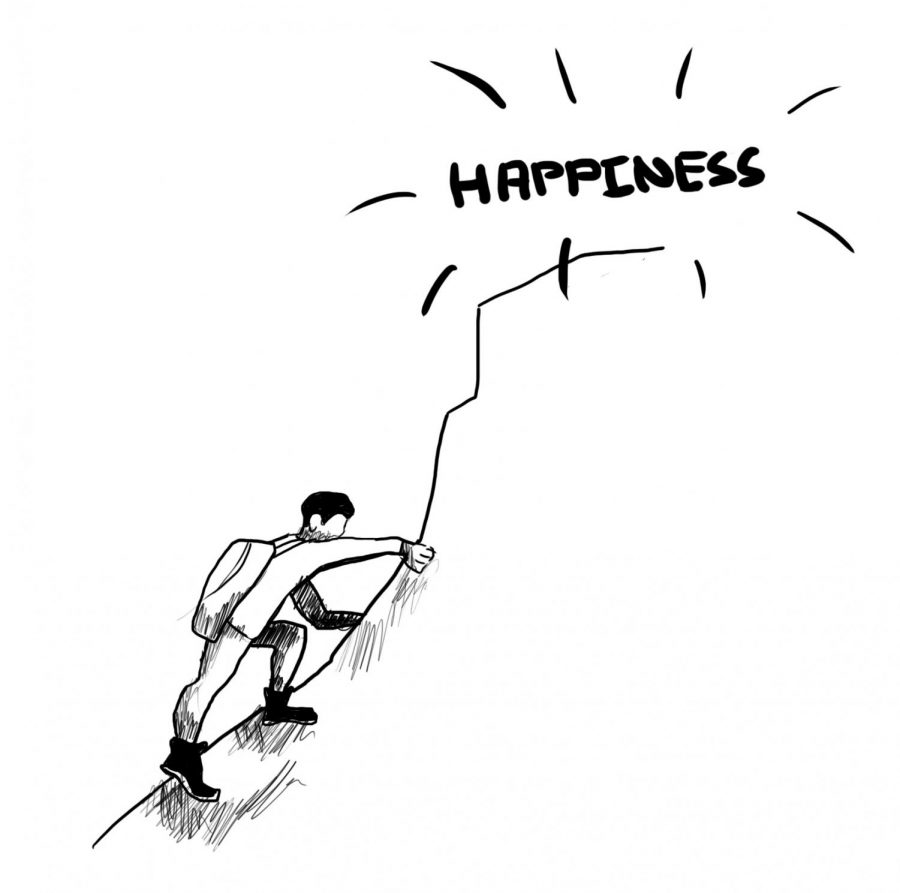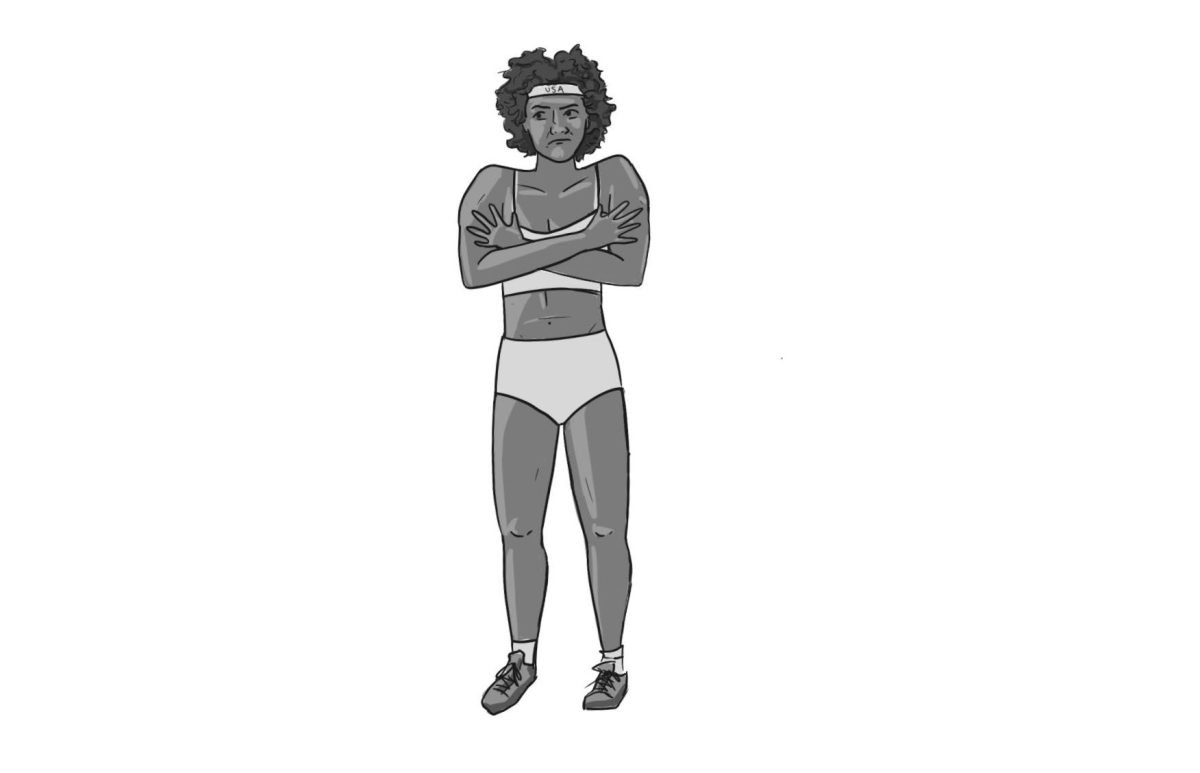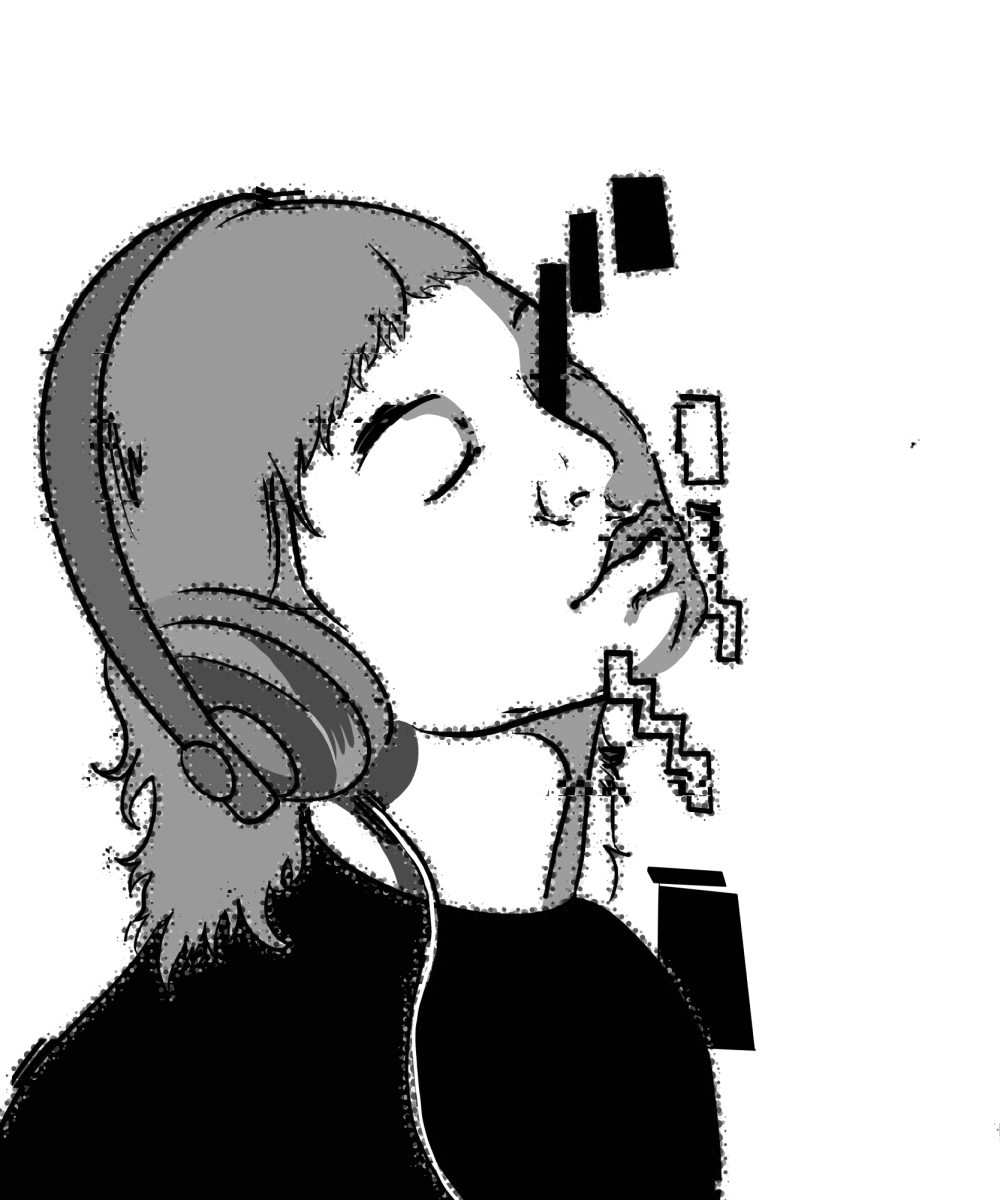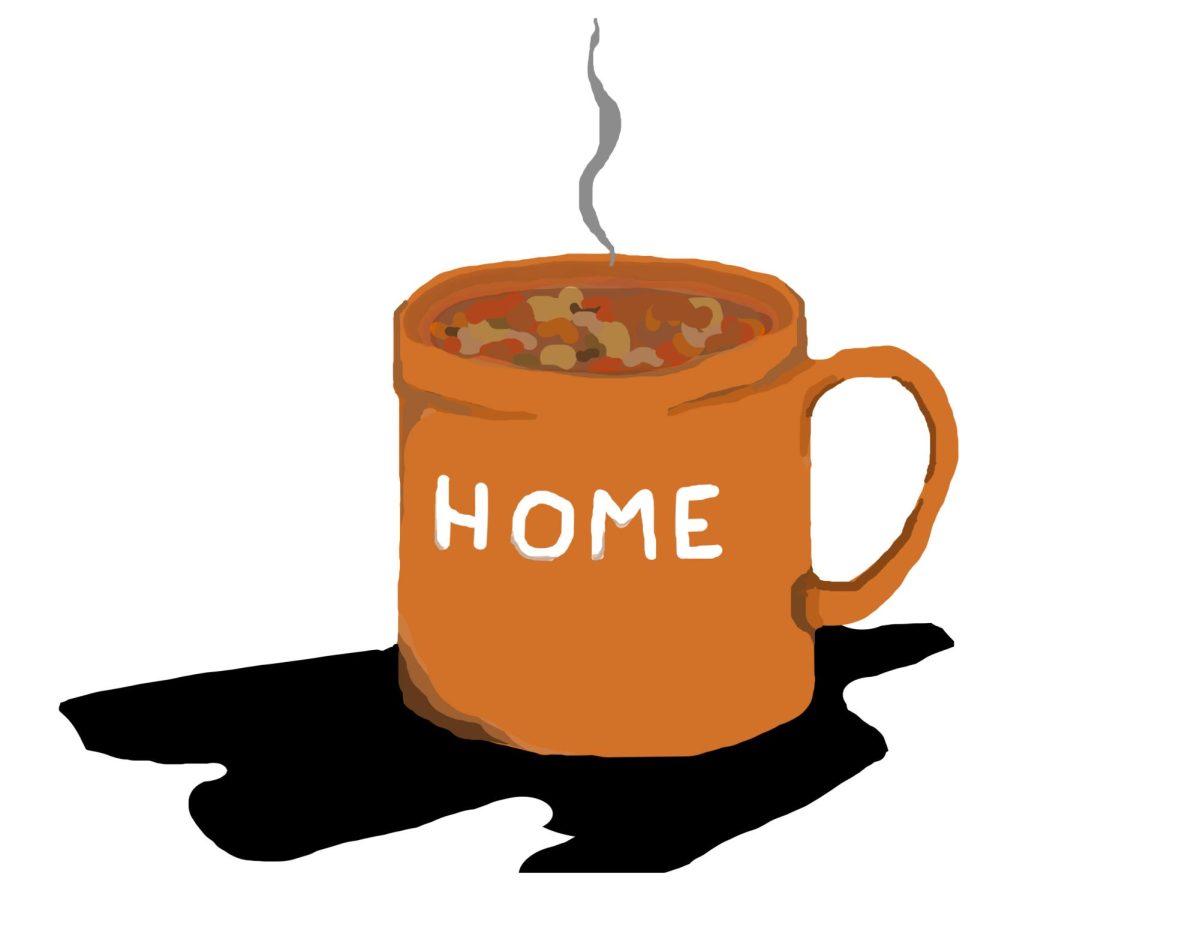The middle school that I attended, KIPP Academy, occupied half a floor of a building that housed two other public schools. And even though the other kids joked that KIPP stood for “kids in prison program,” it was their hallways that resembled a prison and not ours. At KIPP, every single classroom was colored brightly and positive mantras such as “Knowledge Is Power” were written everywhere. I did not know it at the time, but the aesthetics of my learning space made learning fun and easier.
In high school, I volunteered with a program that painted murals and walls bright colors in public schools. That organization understood what not enough public schools in our country acknowledge: Aesthetically pleasing schools can make students happier, healthier and more inclined to go to school with a desire to learn. Because private schools can afford to have aesthetically pleasing campuses, the students there are already at an academic advantage as soon as they step foot onto their schools than those students at uninspiring public schools.
Aesthetics do matter and have a significant impact on the way we learn. An aesthetically pleasing school consists of outdoor spaces, maximum natural light coming into classrooms and hangout spaces, presence of nature inside the buildings and bright and colorful walls filled with art. All of these design features come together to create a school that fosters community and school spirit.
Studies have shown that bright and natural spaces lift people’s spirits. Many inner-city public schools resemble prisons with their bland-colored walls, classrooms that all look identical and even windows with bars on them. It is no wonder that these kinds of schools have the highest truancy rates, because no one likes to go to a school where they feel trapped and confined. Also, it is in dismal, asphalt spaces where bullying occurs at a higher rate than in places where the surroundings interact with one’s senses and make students feel more confident.
Schools re-designed with aesthetics in mind have seen improvements in their students’ academic success. Investigations have shown that students in classrooms with a lot of natural lighting learn up to 21 percent more than students in classrooms with less. If building new windows is not a possibility, then taking a class outside once in a while can be enough. The point of schools is that they should be places where learning can take place, but the reality is that a space that is both unappealing and uninteresting makes whatever is supposed to happen in that space seem like that, too. If any new public school is being built, aesthetics should be included in the budget in order to maximize student happiness and learning capacity.
Currently, aesthetics are not usually included in public schools’ budget. The idea is that function is what should matter and everything else that looks nice is simply a luxury. But that should not be the case. Function does not have to mean boring. It cannot be denied that most public schools simply cannot afford to repaint their walls when they may be struggling to buy books, but there are ways to bring a classroom alive on a tight budget: Students can come together to paint murals from paint donated by community members, students can work and learn in community gardens or teachers can have plants in classrooms and put up works of art to make drab walls look fab.












